When Mikaela Shiffrin strapped on her skis again, weeks after a crash that left her with a punctured abdomen and torn muscles, she didn’t just return to snow, she returned to fear.
“I was aware of the fencing on the side and a hole in the course and where the trees were,” she said. “We are often training in conditions where the variables are just too many to control… You have to decide sometimes: Is this unreasonably dangerous, or is this within a reasonable level of danger?”
For the world’s best skiers, the line between courage and catastrophe is thin, and getting thinner.
The death of Italian racer Matteo Franzoso in September has thrown that line into brutal relief. The 25-year-old died after crashing during preseason training in Chile, his body slammed against a wooden fence placed just meters beyond the safety netting. It was the third fatal accident involving a young Italian skier in less than a year.
And it’s reignited an uncomfortable question for the Alpine world: are these deaths tragic outliers, or predictable consequences of a sport that normalizes danger?
French skier Alexis Pinturault didn’t hesitate when asked.
“We are training in many places where it’s not really safe, yes, that’s 100 percent sure,” he said.
Training, it turns out, is where the system’s seams show. Unlike official World Cup races, preseason and team-run sessions often take place with limited safety gear, minimal medical staff, and fewer protocols. “It’s not OK to say risk is part of the sport and you take it or leave it,” Shiffrin said. “Athletes and coaches become blind to some of the risks that are actually life-threatening.”
Sofia Goggia, Italy’s 2018 Olympic downhill champion, put it bluntly:
“At a high level, it’s like F1 or MotoGP… because the speed is 80-90 km/h. The risk is there every time.”
But she also pointed out a gap between acknowledging that danger and fixing it.
“If you want to ensure the training slope as a World Cup slope, there has to be a totally different organisation,” Goggia said. “The answer is easy: We can do more. But who does it in the end? Who wants to invest millions of euros?”
Even on race courses, where fences, padding, and rescue helicopters are routine, the margin for error is razor-thin. On training slopes, that margin vanishes. The netting that saves lives during competition is often missing or improperly installed during off-season camps. Overnight snowfall can leave courses unstable, but few teams have the manpower to re-secure safety barriers before dawn runs.
The Italian Winter Sports Federation has since urged the International Ski and Snowboard Federation (FIS) to create dedicated training facilities with the same safety standards as race venues. FIS president Johan Eliasch said the body is working to “prevent as much as possible horrible accidents,” promising to review safety measures, scheduling, and medical preparedness.
Still, many in the sport believe reform comes slowly, and often only after tragedy.
For Shiffrin, who admits she faced post-traumatic stress when returning to racing, that’s unacceptable.
“If you think too much about it, you become paralysed,” she said. “But it’s really important that we can assess what those risks are and try to find ways to mitigate that as much as possible.”

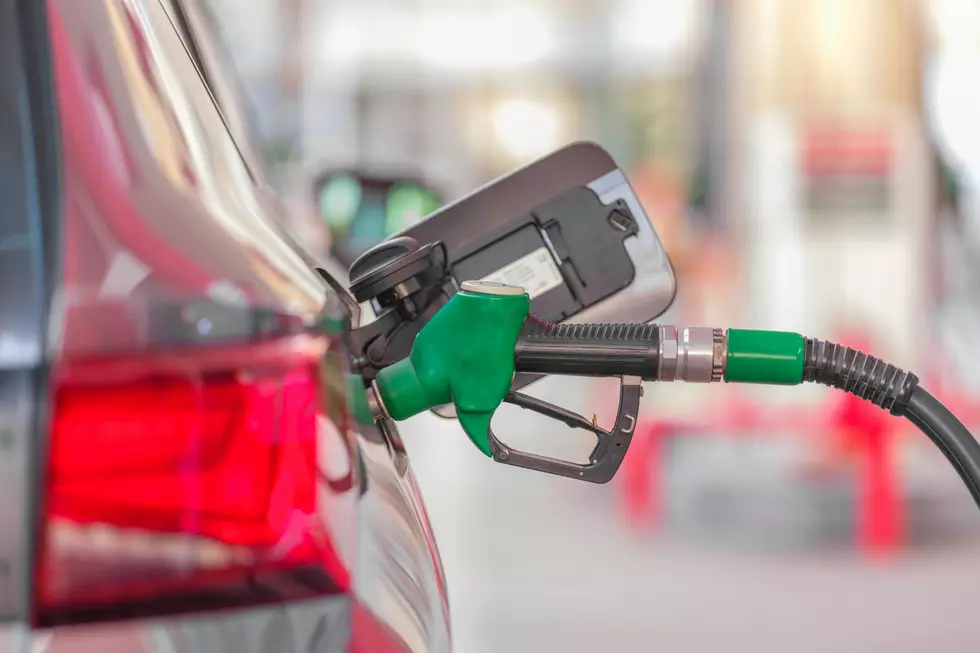
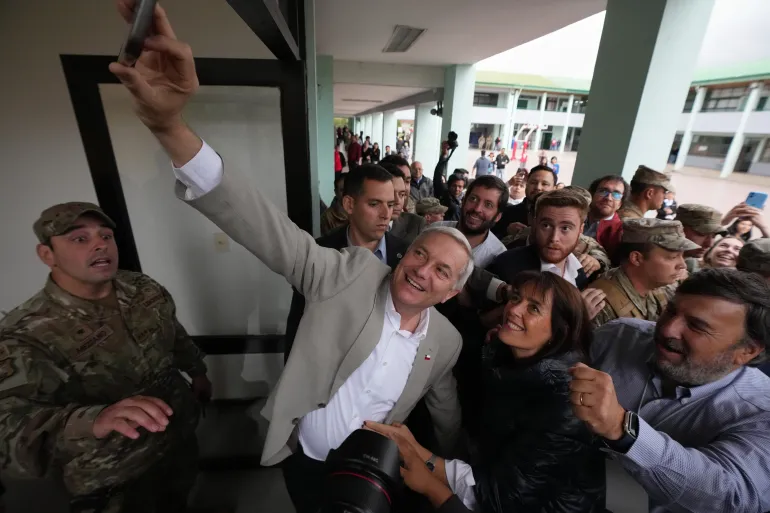
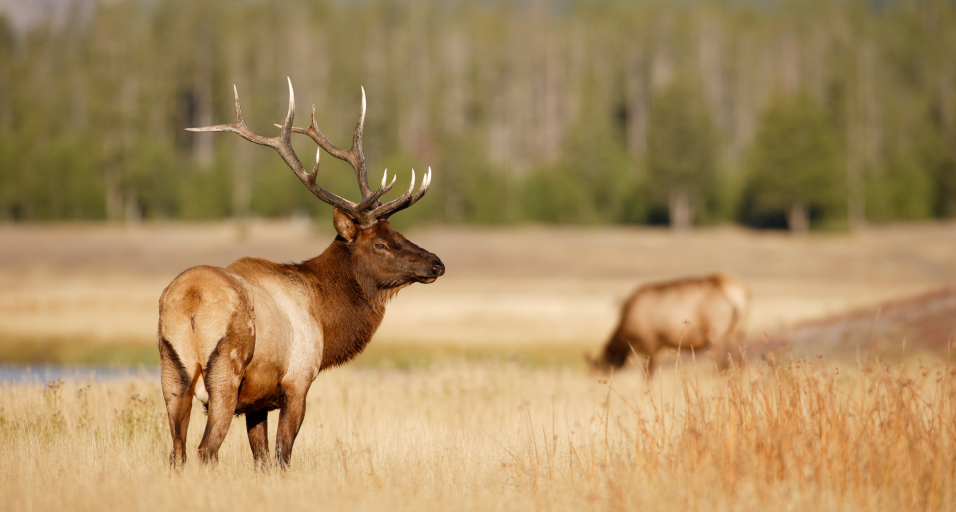
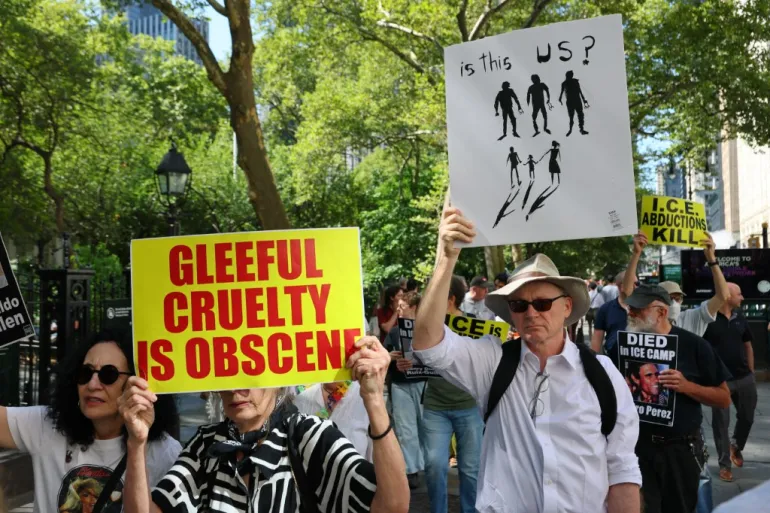
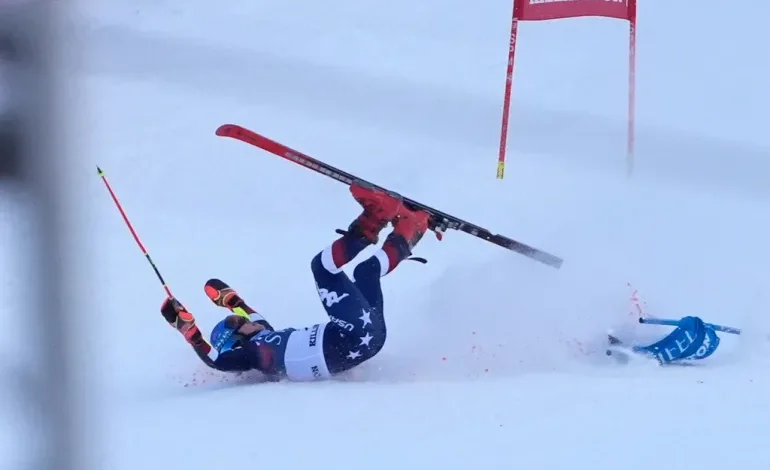


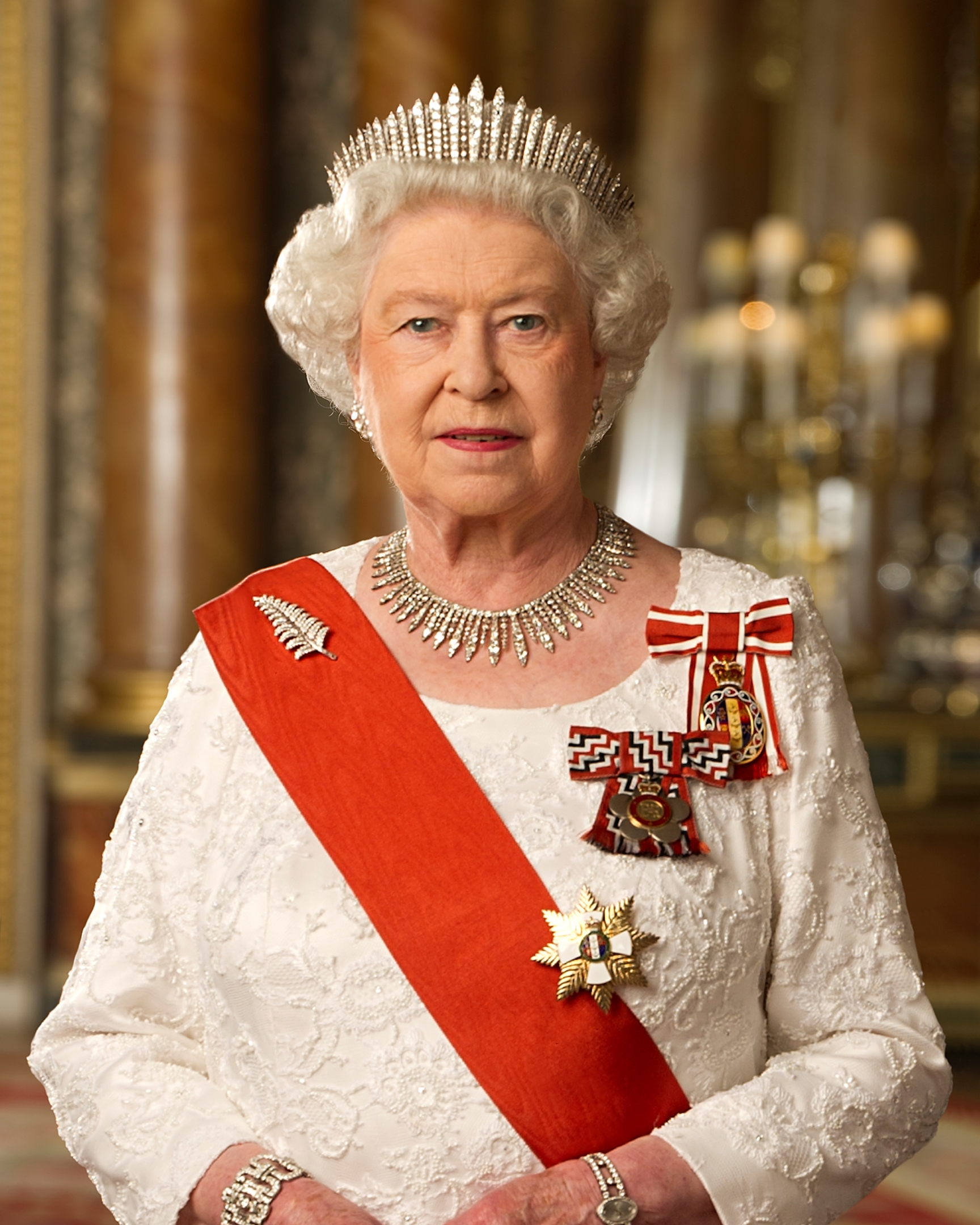

The latest news in your social feeds
Subscribe to our social media platforms to stay tuned